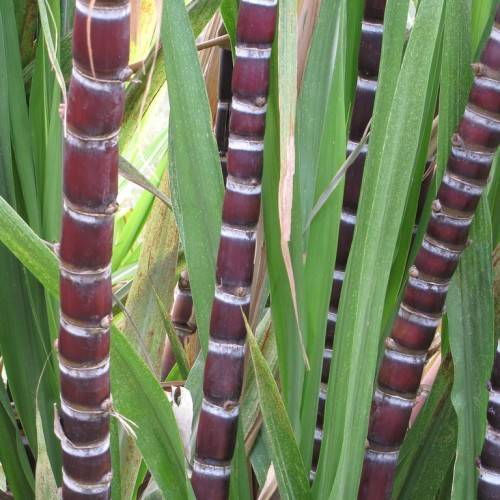
sugar cane
Saccharum officinarum
Cycle:
Perennial
Watering:
Frequent
Hardiness Zone:
9 - 10
Flowers:
Flowers
Sun:
full sun,part sun/part shade
Fruits:
Fruits Ready In Summer
Edible:
Yes
Leaf:
Yes
Growth Rate:
High
Maintenance:
Moderate
Drought Tolerant:
Yes
Salt Tolerant:
Yes
Invasive:
Yes
Tropical:
Yes
watering
Sugar cane should be watered on a regular basis, approximately 2 to 3 times per week. Depending on the plant's pot size and the temperature and humidity in the area, it may be necessary to adjust the amount and frequency of watering. Generally, when the top 1-2 inches of soil become dry, it is time to water your sugar cane. When watering, it is important to thoroughly moisten the soil to ensure that water is reaching the entire root system. Allow the water to drain completely, then empty any excess water that has collected in the pot or saucer.
sunlight
Sugar cane (Saccharum officinarum) plants need a great deal of direct sunlight, 6 to 8 hours daily, in order to grow and produce crop. Direct morning sun and evening light is a requirement and shade at midday is beneficial. Partial shade during very hot periods (like midday in the summer) may be necessary if temperatures are too high. The plant should also be far away from walls and other tall structures, as this will limit the amount of direct light they receive.
pruning
When it comes to pruning sugar cane, it is usually done during the winter season. Pruning is done to stimulate the production of new shoots and encourage the growth of a denser crop. The amount of pruning needed depends on the variety of sugar cane and the climate. Generally, the shoots should be pruned when they reach the length of 8-10 feet (2.4-3 m). The main stems should be cut back far enough to allow for new shoots to emerge, but not so far as to set back the growth of the cane.
